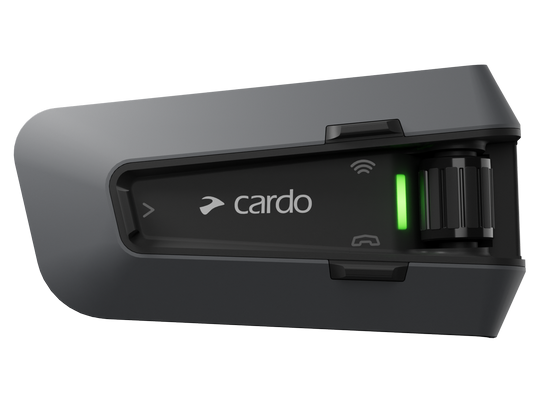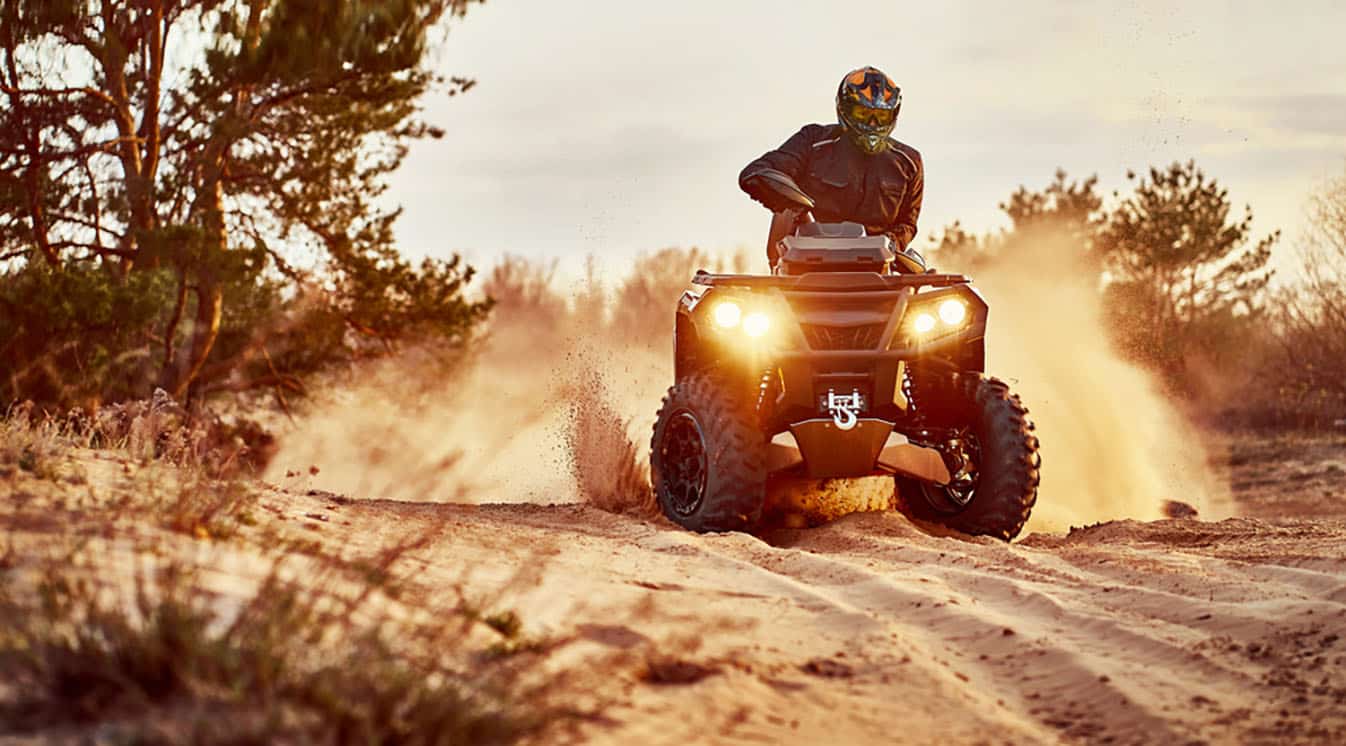Studies show vehicle failure accounts for less than three percent of motorcycle accidents, and most are single-vehicle accidents where control is lost due to a puncture flat.
You can prevent flats over time with regular maintenance, but it’s still important to know what to do if it happens to you.
Use this guide to prepare for a potential flat on and off the road.
Learn Other Motorcycle Safety Tips HereWhat Causes Flats?
A flat tire happens when air escapes out of the sidewall, reducing tire pressure. The rubber deflates until it can no longer support the weight of the motorcycle, bringing your ride to a halt. When properly inflated, the rubber on the tires is better equipped to repel debris that can puncture the air chamber. Excess debris and sharp objects can make holes and cracks for air to escape. Older tires are more susceptible to punctures than new ones.
Fix a Flat Before You Ride
It’s always better to fix a flat or low tire before heading out on the road. Make sure you inspect the condition of your tires before hopping on the back of your bike. Use a tire pressure gauge to measure air pressure before and after every ride.
Dealing with a Flat While Riding Your Motorcycle
You should know how to spot the signs that you have a flat tire when driving. Noticing an underinflated tire can be tricky when you’re cruising down the road at 60+ MPH, but you should always be sensitive to changes in your bike.
Experts say that if you have a flat, you may notice a bit of wobbling. The bike might be harder to steer. You may also hear a humming sound when traveling at high speeds. In other cases, the bike might feel like it’s losing power. It’s harder to power a bike with underinflated tires than it is to power one with fully inflated tires.
If you notice any of these warning signs, pull over to the side of the road as soon as possible to address the issue. Gently ease off the throttle and tap the brake slowly until you come to a stop. Avoid turning suddenly, as you may lose control of the bike.
A blown front tire can cause steering issues. A flat rear tire reduces power and acceleration, increasing the risk of a rear-end collision. Find a safe space to get out of the way as quickly as possible. You’ll need space to work and access to running water. Getting grease on your hands is inevitable. Try setting up shop at a gas station or store parking lot where no one will give you trouble.
How to Fix a Flat on a Motorcycle
Fixing the flat all depends on what kind of tires you have. If you have a flat tubeless tire, you might be able to temporarily plug the flat until you make it home or visit your local mechanic. Avoid using one-and-done repair tools like “Fix a Flat.” The goo will only make it harder to drive without fixing the flat.
A tubeless tire will be easier to patch than a tubed tire. Tubed tires need to be removed before you can replace the inner tube. Doing this on the side of the road can be tricky, so you may have to wait for roadside assistance. Make sure you have everything you need to replace the tube before you get your hands dirty. It’s best to lay the bike on its side before removing the wheel. To fix the flat yourself, you’ll need a flat repair kit or plug kit to fill the hole where the air has escaped. Cheaper kits usually don’t have a way to reinflate the tire after the flat has been patched, which won’t help you get home. You can carry a portable tire air pump, including a non-electrical hand pump — or upgrade to a more expensive kit with a pump to get more air into the tire on the spot.
The kit should also come with T-handled tools so you can easily use them on the side of the road without special equipment. The plug should be mushroom-shaped to help it stay in place until you can fix the flat permanently. Tire plugs are made of rubber that fits into the gap. Some kits use sealant to fill in cracks in the rubber.
Read the instructions thoroughly to ensure the tire is ready before getting back on the road. You should never drive with a flat tire, even if it’s been plugged, as this may lead to a blowout that can damage your rims.
Find a motorcycle tire repair shop to resolve the issue permanently by installing a new tire.
Calling for Help
Most drivers aren’t equipped to fix flats themselves. You need training and experience to solve the problem on the spot. Most of us keep a fully charged cell phone when riding. You can easily call for help. Make sure you have a few local tow and repair shops on file so you can find what you need without accessing the internet.
Use a motorcycle headset to send and receive calls hands-free. You can call for help as soon as you notice something’s wrong with your bike. The headset should fit into your helmet, so you don’t have to take your hands off the handlebars. Let your companions know you have a flat tire and need to pull over to address it so you don’t get left behind. They can stop if it’s safe or meet up with you down the road. The headset reconnects automatically in range so you can rejoin the conversation without touching the device.
Shop Motorcycle HeadsetsLook for a motorcycle helmet with built-in audio for maximum volume on the road. The helmet should block out the noise of the road so you can hear everything the person is saying. They come with motorcycle speakers for a better listening experience.
Preparing for the Unexpected
A flat tire shouldn’t be a recipe for disaster. Every motorcyclist should know what to do in this situation. Keep supplies to fix a flat motorcycle tire on hand so you don’t have to wait for assistance. When you feel the tire give out, remain calm and find the best place to complete the task. Use the included instructions to make the best of an otherwise difficult situation.





